It is native to Costa Rica, El Salvador, Guatemala, Honduras, Mexico, and Nicaragua.
Its natural habitats are subtropical or tropical dry forests, subtropical or tropical moist lowland forests, and heavily degraded former forest.
The spot-breasted oriole ranges only on the Pacific side of Central America. An introduced breeding population also exists on the Atlantic coast of southern Florida. The population is considered to be established enough to be “countable” for birdwatchers by the ABA.
It is a mid-sized songbird and generally typical oriole. It is bright orange overall with a black bib and black spotting on the sides of the breast. The sexes are similar looking generally but females and juveniles are olive-green on the back and tail, dusky wings, and little or no black on face, throat, or breast. (From Wikipedia.)

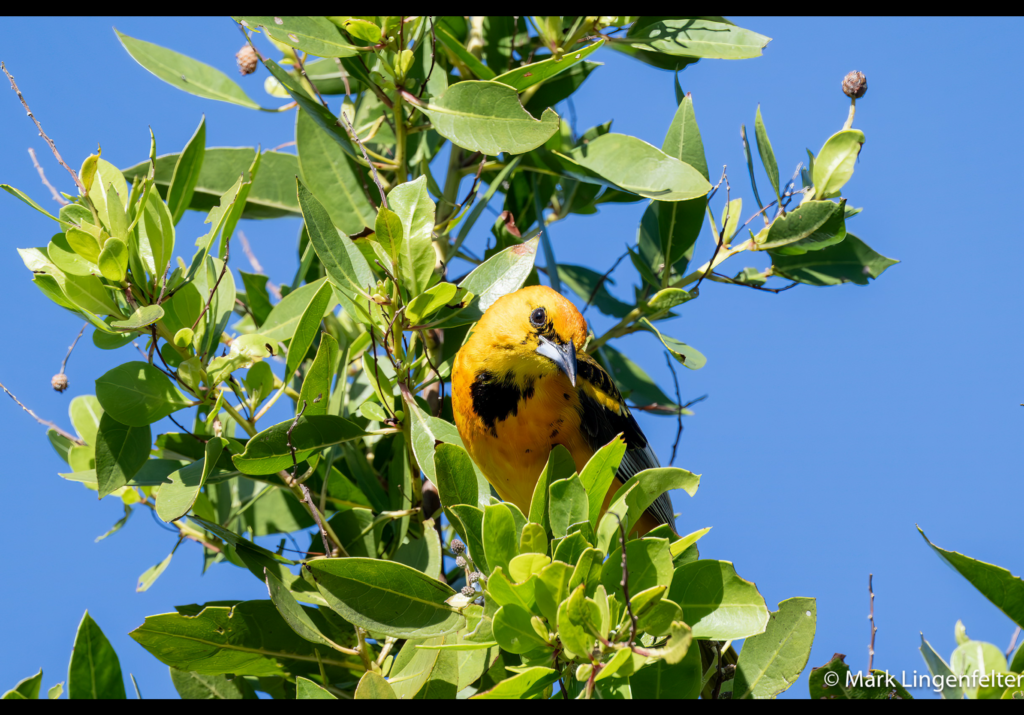
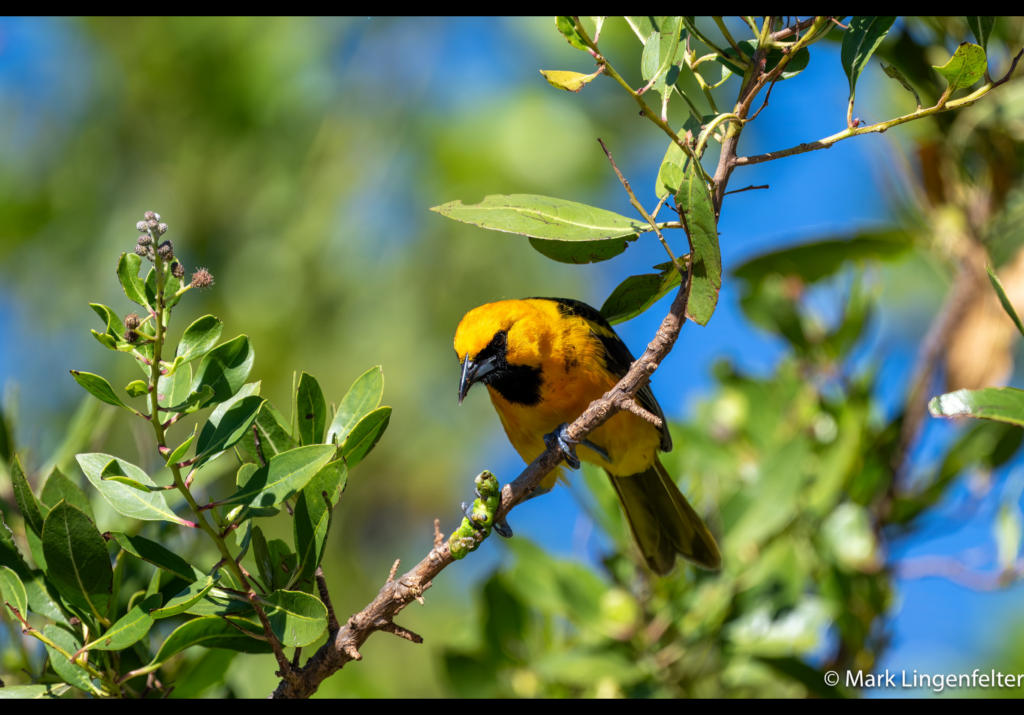
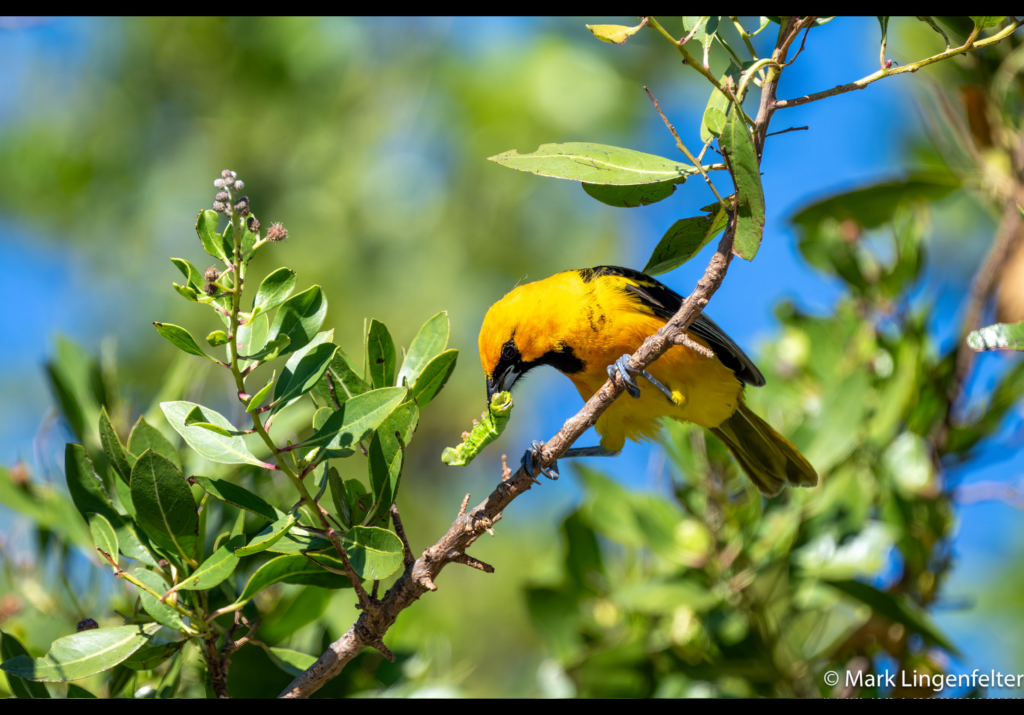
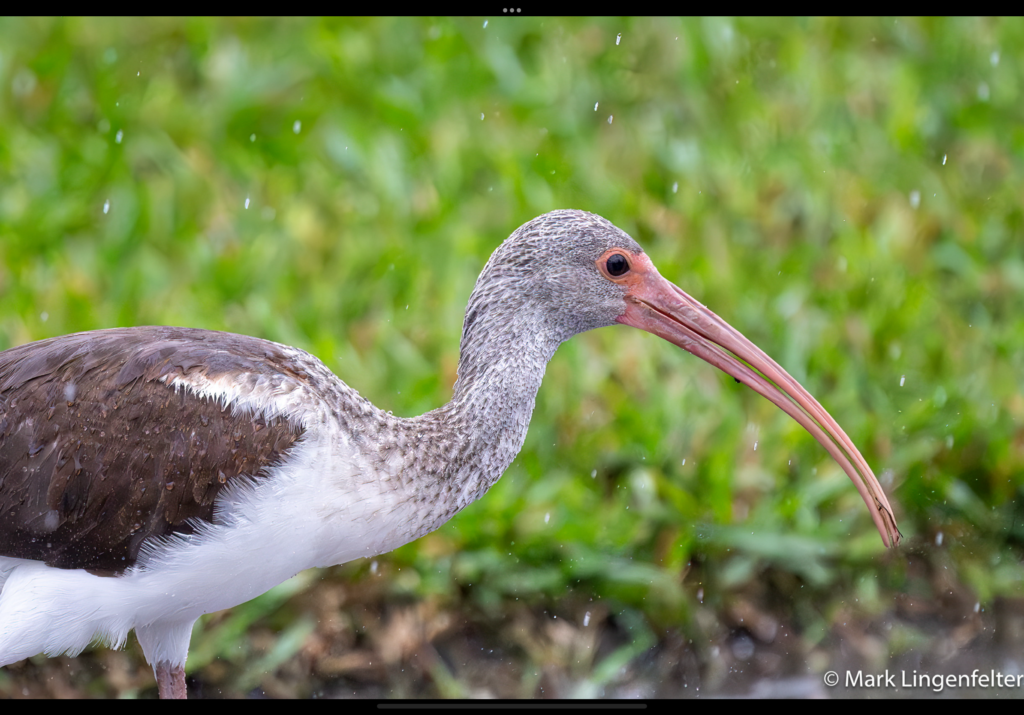
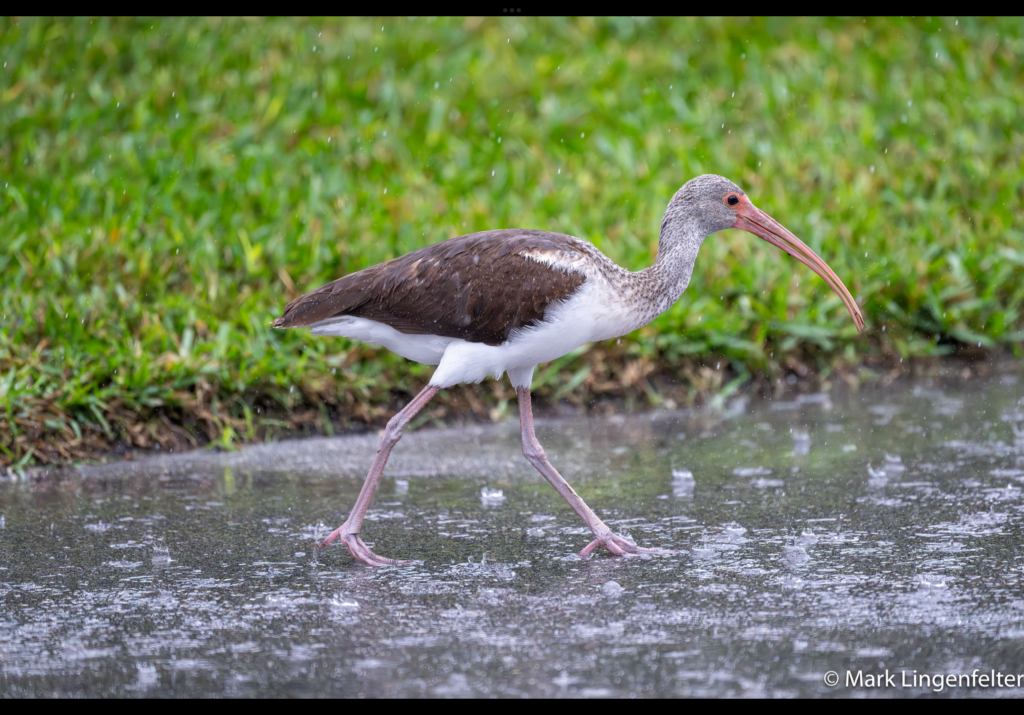

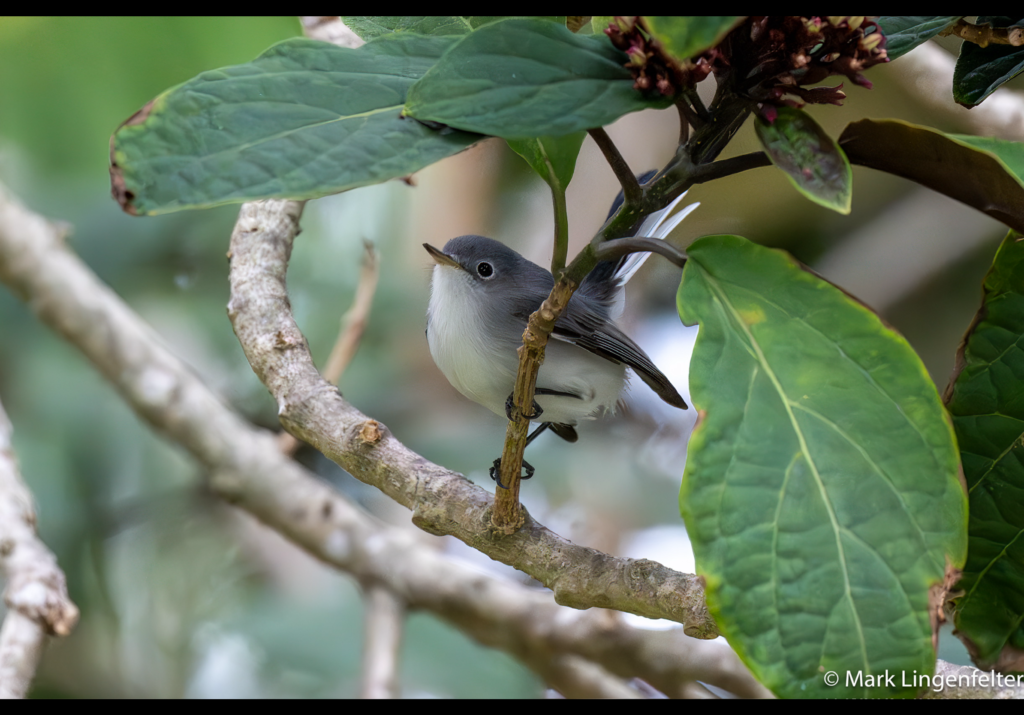
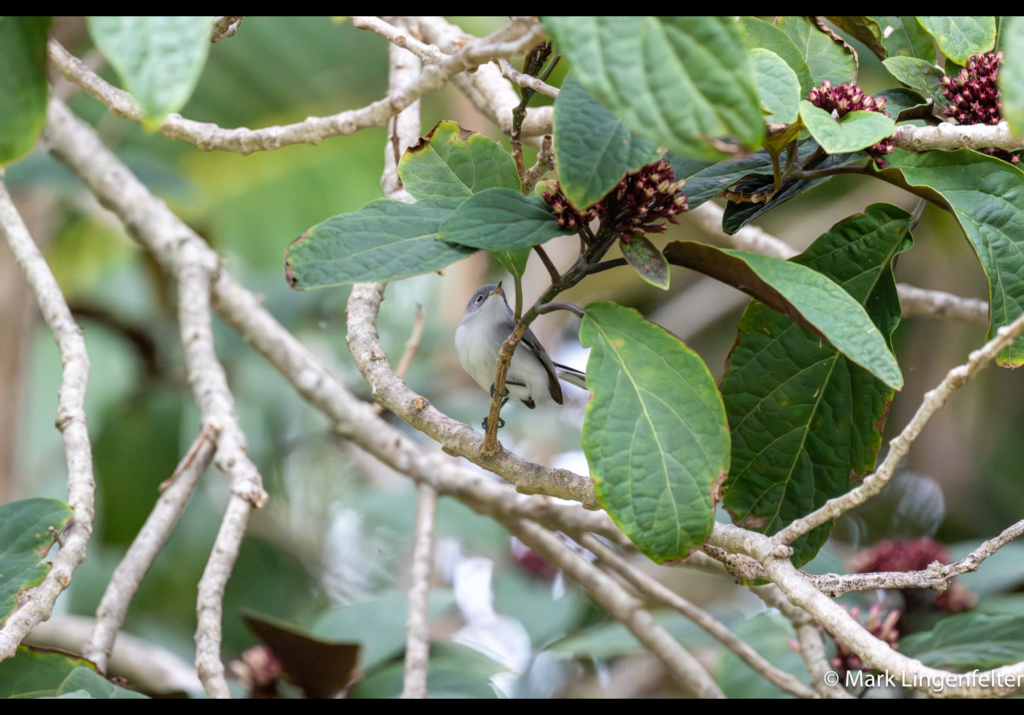
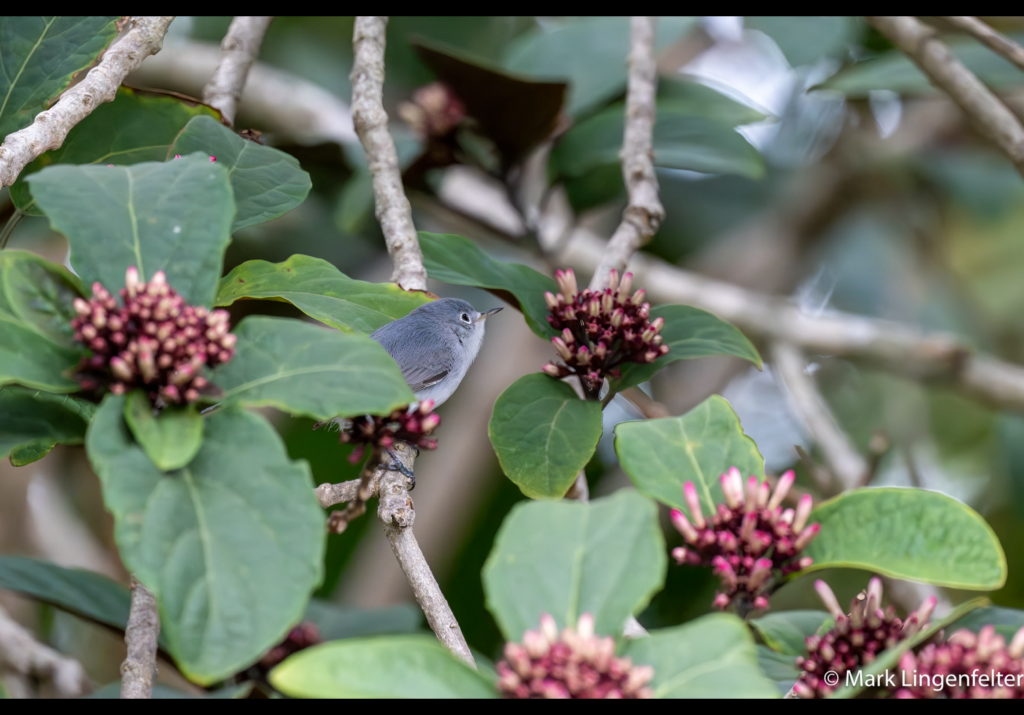
Be the first one to comment!